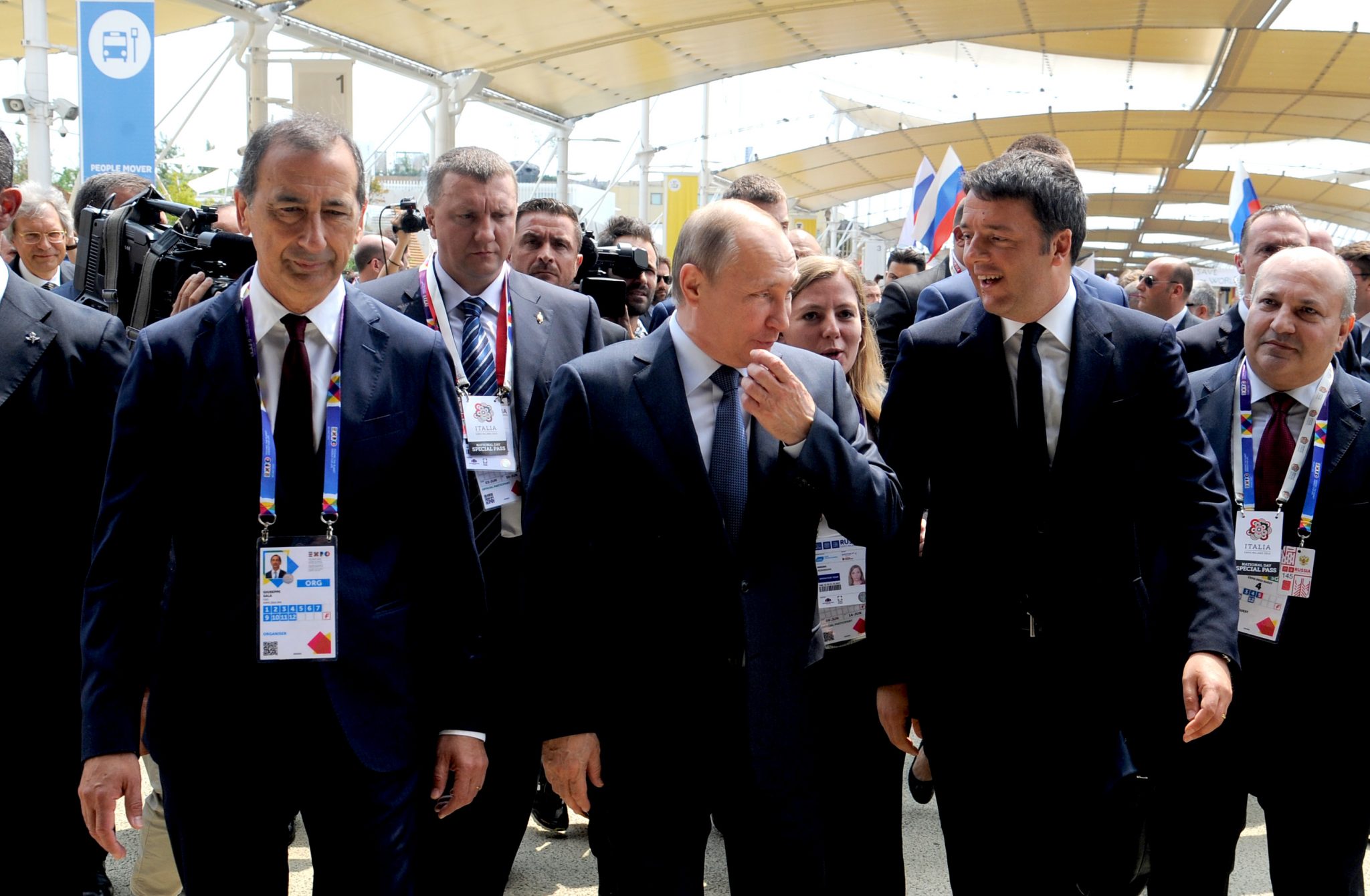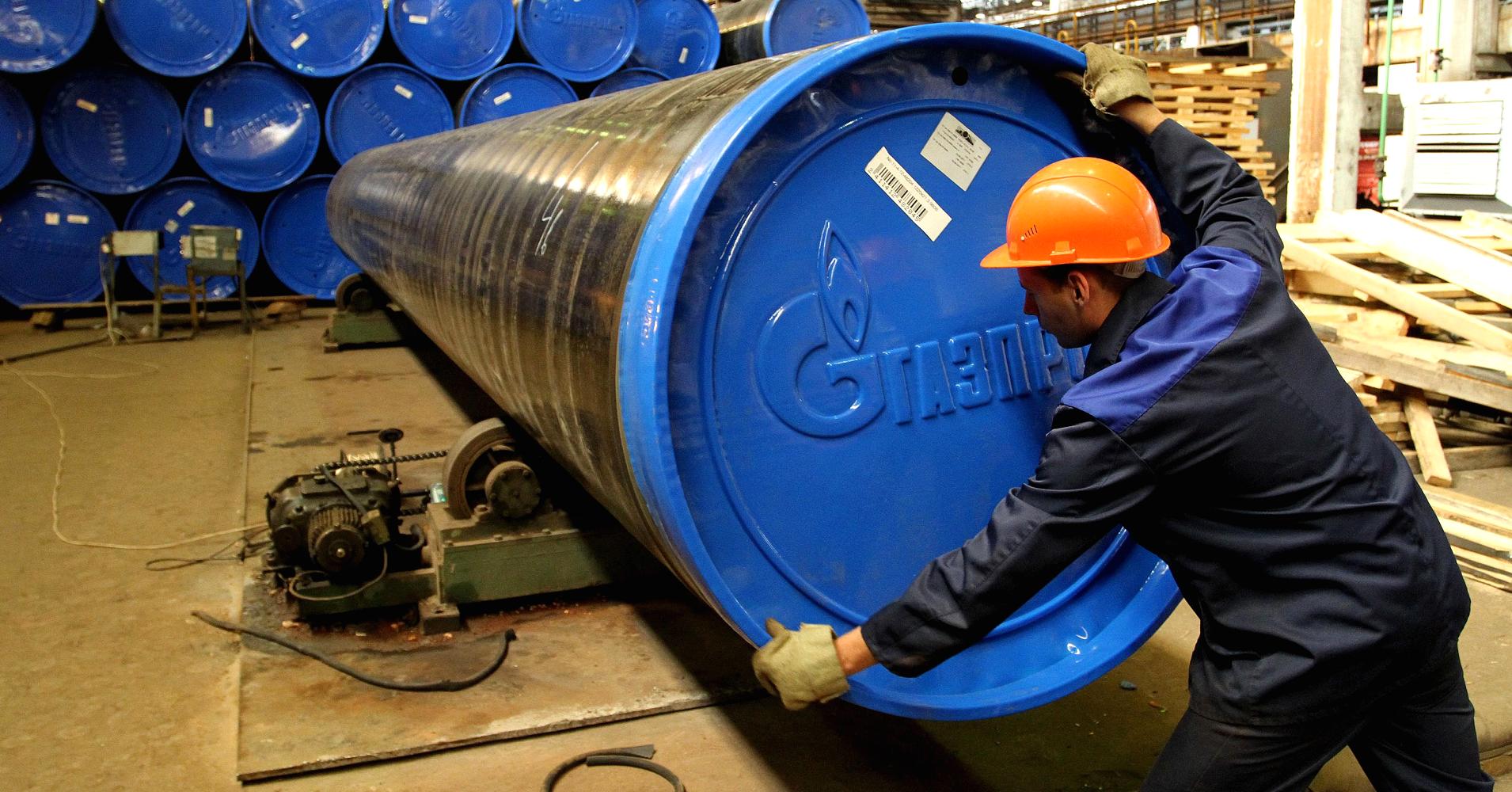
by Madalina Sisu Vicari (with the collaboration of Ilaria Capitanio)
SPIEF and Russia’s efforts to set up a coveted image for business amidst sanctions debate
After two years of economic sanctions and widespread negative image, not only in the Western media, but among the political and business circles as well, Moscow engaged in a large-scale PR action and employed the 20th edition of the so-called “Russian Davos”, the Saint Petersburg International Economic Forum (SPIEF), as a tool to offer a more positive face of its business landscape and ultimately, of its political leadership. Actually, since 2005, SPIEF has been held under the patronage of Mr Putin, who transformed it in a top-level presidential event: the Forum agenda is settled by the presidential administration in collaboration with the government, and it includes the compulsory official appearance of the Kremlin’s leader.
If one were to characterize, in a single word, how the organizers approached this year’s edition of SPIEF, one of the most appropriate word may be BIG: it seems pretty obvious that the Forum was aimed to be a big occasion, not only in terms of participants’ number, but also with regard to programme’s scale and the featured events. And this goal was, to a large extent, attainted: 300 featured events, of which 100 business events (business forums and dialogues, roundtables, panel sessions, prize award ceremonies, media and energy summits and more); as much as 12000 participants from 133 countries; 600 speakers and moderators; 300 top executives of foreign companies, including important Western ones (OMV, BP, Siemens, Shell, Total, Hyperloop, Caterpillar, Master Card, Fortum, Schlumberger, Metro, TUI and more); 2651 media representatives and the inclusion, among SPIEF’s media partners, of leading international media outlets as CNBC, Bloomberg, Euronews, Thomson Reuters, PR Newswire and Forbes; 40 top-level Russian officials, Mr Putin included, and many foreign dignitaries, from high-ranking to ministry level ones.
Judging on the above data and its economic outcomes-more than 300 agreements totalling $15.7 billion-SPIEF may be considered, indeed, a huge Russian-style event. Assessing its results in relation with the goal of presenting and changing Russia’s image, amidst the debate on sanctions’ renewal, the Forum served as lipstick on the Bear’s face, succeeding, more or less, to turn its old face into a more-coveted one, at least by the business representatives. And those business representatives can act as a redoubtable force of influencing the policy-makers, especially in a context in which the future of economic sanctions against Russia is in doubt. In this regard, it should be reminded that the Council of the EU prolonged, on July 1, 2016, the sanctions targeting Russia’s energy, financial services and defence sectors by six months. Though the lifting of the sanctions is dependent on the complete implementation of the Minsk agreements and Russia has not fulfilled its obligations related to them, over the past months the European leaders sent mixed messages not only upon the sanctions’ revoking but also upon the relation that EU should frame with Russia. The scenario of gradual lifting of sanctions had been already raised not only in France, where the Senate overwhelmingly voted for their gradual reducing, but also in Germany, whose Foreign Minister declared that he is in favour of sanctions easing, if the Russia would make progress in Minsk agreements’ implementation. Therefore, it is very likely that the July’s rollover of sanctions is to be the last one. More, given the positions of several countries (Hungary, Austria, Greece, Cyprus, Italy, Czech Republic), which openly favour their rethink, it is expected that at the next European Council’s summit, in December, the debate over the issue to be a more complex and, eventually, a more heated one.
Nevertheless, if judging on the participation of EU Member States leaders, SPIEF did not serve as lipstick, but merely as a new cloth of the Emperor. Or, to stick with the context, it worked as a new cloth of the Bear, as the European leaders did not rush to attend the Forum, with one notable exception: the Italian Prime Minister, Matteo Renzi. And, of course, the European Commission’s President, Jean-Claude Juncker, whose participation at the Forum was toughly criticized, and whose meeting with Vladimir Putin raised controversies not only over its appropriateness and timing, but also over the capacity in which Mr Juncker attended it. Finally, the contention was cleared: Mr Juncker, as a real “bridge-builder”, met Mr Putin because he “wanted to see” him.
The lure of “Mattei’s dream” and new contracts involving energy companies
It is undeniable that not only Russia’s efforts to make of SPIEF a big event played their part in Matteo Renzi’s participation at the Forum, but also the powerful charm offensive deployed by Moscow towards Rome. Thus, Italy was “Guest of Honour” of SPIEF, it had its own pavilion, “Casa Italia” and the association “Conoscere Eurasia” (“Meet Eurasia”) was the Forum’s partner. Further, a day before the SPIEF kicked off, Igor Sechin, the Rosneft’s CEO and a close ally of Vladimir Putin, had evoked, in an interview with the Italian press , the long history of energy cooperation between Italy and Russia, initiated, in the Soviet era, by Enrico Mattei, the first director of Eni. Mr Sechin lured promising cooperation prospects for Eni and Rosneft, which, he said, may collaborate into a big upstream project, achieving, in this way, “Mattei’s dream”. Also, on the same day that Mr Sechin’s interview was published, one of his company’s official was announcing that the Rosneft will start offshore drilling with Eni in the Black Sea next year. The drilling would be the outcome of the strategic cooperation agreement signed between the two companies in April 2012, which provides joint exploration of fields in the Russian sections of the Barents Sea (Fedynsky and Central Barents fields) and Black Sea (West Black Sea field) and the establishment of joint ventures where Eni will hold 33,33% stake.
Furthermore, Eni and Rosneft signed, on the sidelines of SPIEF, an agreement on extended cooperation , which includes exploration, production, refining and technology development. But Eni is not the only Italian company with which Rosneft concluded agreements. Hence, the Russian company aims to create a new joint venture with the shipbuilding company Fincantieri for the construction of a new type of vessel, which would be used in Rosneft’s operations in the Russian Far East. Another Italian company, Leonardo-Finmeccanica, signed an agreement for the sale of 20 AW189 helicopters to Rosneft, which plans to order, by 2025, a total of up to 160 units. Also, the two companies, together with Russian Helicopters company, entered a partnership which implies the redistribution of HeliVert company’s shares as follows: 40% to Leonardo, 30% to Rosneft and 30% to Russian Helicopters.
However, Rosneft is not the only Russian energy company which struck deals with Italian partners. Thus, Novatek and Saipem concluded a strategic partnership agreement, aimed at developing future LNG projects; the importance given by the two sides to their cooperation, but also its very “strategic” feature was emphasized by the presence, at the agreement’s inking, of Vladimir Putin and Matteo Renzi. In addition, Novatek entered into a strategic cooperation agreement with GE Oil & Gas/Nuovo Pignone, which would focus on the Russian company’s LNG projects, and also signed with the Italian company a 25-year contractual services agreement for the Yamal LNG Plant.
All in all, Mr Renzi’s visit to St. Petersburg proved to be a rather lucrative one for the Italian business sector; he headed a delegation of 22 Italian enterprises representing the five most strategic sectors for Russia’s economic demand– energy, mechanics and high technology, agro-industry, infrastructure and finance-and the contracts signed by the Italian companies during SPIEF are worth nearly 1.4 billion euros.
The energy channel linking Moscow to Rome
Russia and Italy share a long standing, lucrative and interesting, in terms of legacy outcomes, energy cooperation. Actually, a particular role in setting up the bilateral relations, especially the economic ones, between Rome and Moscow in the period of 1958-1968 was played by Eni and Enrico Mattei. The Italian public-holding companies Eni and Istituto per la Ricostruzione Industriale, but also the private ones, like Fiat, sought to get access to the Soviet market and, backed by influent Christian-Democrat politicians like Amintore Fanfani and Giovanni Gronchi, greatly influenced and further shaped the economic bilateral relations between Italy and the Soviet Union. At the end of 1950s, Enrico Mattei secretly met with Soviet officials in Moscow and, in October 1960, Eni and Sojuznefteexport signed an agreement that subsequently stormed a wave of protests from United States, UK and France, which were not eager to let happen, each of them for different reasons, an offensive of the Soviet oil on the Western market. The contract allowed the Soviets to sell their oil in exchange of Italian technological equipment and products (pipes, synthetic rubber, and pipeline equipment).
Nevertheless, the gas has played an even bigger part in the energy cooperation between Moscow and Rome as, since the 1960s, Eni and Gazprom signed a series of contracts: during 1969-1996 there were signed four contracts of gas supplies to Italy, boosting the expansion of the Russian exports to the Western Europe market. In 2006, Gazprom and ENI settled a strategic partnership agreement, which fosters the cooperation on existing gas routes, including within the Blue Stream pipeline project , and aims at developing new gas transportation routes, but also future activities in the LNG and new gas transportation technology areas. Further, under the contract’s framework, it is considered the extension of the current long-term contracts (LTC) for gas supplies until 2035. Also, an outcome of this partnership agreement is that, since 2007, Gazprom has been able to supply the Russian gas directly to the Italian market through Eni’s concession of its gas volumes and capacities within the Trans-Austria Gas Pipeline. In this regard, it is worth reminding that Eni and Gazprom are also partners, on a parity basis, in Promgas, a joint venture company, which set up a LTC with Edison (99.483% shares of Edison are held by EDF Group) for the supply of 2 billion cubic meters of gas up to 2025. The two companies cooperated as well in the abandoned South Stream pipeline and the upstream Severenergia project.
If Gazprom would move forward with its plans of building a new pipeline infrastructure under the Black Sea, the two energy majors may cooperate within the ITGI pipeline project (made up of Interconnector Turkey-Greece and Interconnector Greece-Italy; the latter includes ITGI Poseidon and ITGI Onshore). In February 2016, Gazprom signed, with Italy’s Edison and Greece’s DEPA, a Memorandum of Understanding on Russian gas deliveries across the Black Sea via third countries to Greece and Italy. It still unclear which of the two countries –Bulgaria or Turkey- would be chosen as the third country of the pipeline’s landing points, but “the parties are committed to take advantage of the work done by Edison and DEPA within the ITGI Poseidon project to the fullest extent possible”. It should be reminded that ITGI is an EU Project of Common Interest, which was granted a 25 year third-party access exemption. This project may replace the abandoned South Stream and Turkish Stream pipeline projects (the latter, if it would be built, would likely consist in a sole branch, destined to supply the Turkish market) and would help at consolidating Gazprom’s position in the Southern Europe’s and Italy’s markets. In this regard, it is worthy of mentioning that in 2015, Gazprom exported to Italy 24.4 billion cubic meters of gas, up by 12.6% over the previous year, and in the first six months of 2016, the Russian gas exports to Italian market increased by 5.3%. Gazprom is striving to get Eni into the project of Southern route for its gas supplies, as its participation may help to ease some of the European concerns related to the over-consolidation of Gazprom’s position, which would obstruct the achievement of energy diversification goals. The CEOs of the two companies held a meeting at SPIEF over the issue, but so far Eni has been rather reluctant in engaging in this project.
Conclusion
Russia and Italy have enjoyed long standing and profitable energy ties, which-determined by the period in which they developed- played, to a greater or lesser extent, a role in the political relations between the two countries. Further, according to the current prospects, those ties are likely to expand through new and diversified projects.
Nevertheless, no matter how intensified would become the energy cooperation between Moscow and Rome, it would not succeed to achieve “Mattei’s dream”. Enrico Mattei’s accomplishments in pursuing great and ambitious energy goals in the immediate post-war period are incontestable. However, he was- together with Italian politicians like President Giovanni Gronchi, Prime Minister Amintore Fanfani, Minister of Foreign Affairs Giuseppe Pella-a staunch promoter of the so-called “neo-Atlanticism” doctrine, which took, inter alia, a hard stance on NATO and translated into foreign policy- and economic diplomacy actions.
Times have changed and “neo-Atlanticism” is no longer and by no means a concept related to Italy’s foreign policy. Mr Sechin’s lure of achieving “Mattei’s dream” would simply stay a figure of speech.




1 Comments
Cirkusmao
Ohjh yeah! Good!
Comments are closed.